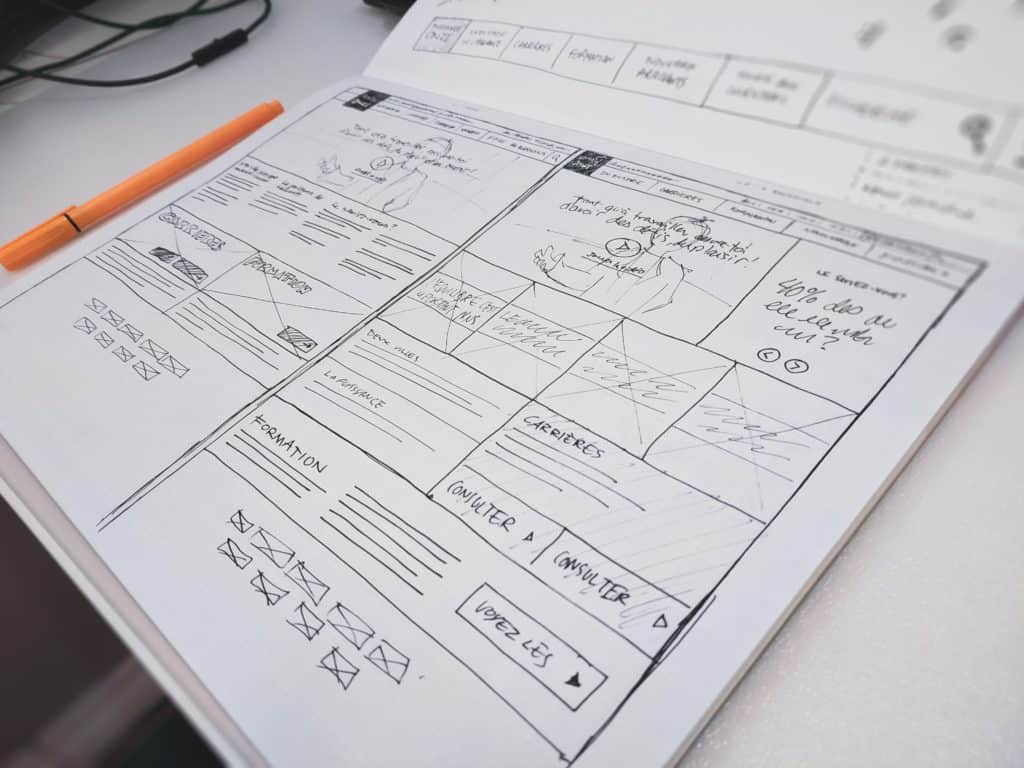As a student of how to make working together better, I’ve been reflecting on the work of past thought leaders who have influenced the business world we operate in. I find we can learn a lot when we revisit original ideas and mantras and apply them to our modern lives today.
One such thought leader is Peter Drecker, a famous business coach and management mogul of the 1900s. He is in fact one of the original business gurus–considered as the founding father of modern management studies by common consent. Many of his ideas and thoughts on management are still used by managers worldwide today. He was one of the first authors to describe management as a distinct function and the role of a manager as a distinct responsibility; he understood and had sympathy for the challenges and demands that managers face.
I’ve been thinking about his mantra: “What gets measured gets managed.” To me, it means that if we don’t track something and keep it top of mind, we’ll have no hope of improving or maintaining it. For example, if we don’t record the fact that we are always spending more money than we take in, then we don’t manage that problem, and we never fix it.
His idea inspired my modern-day mantra of visualizing your thinking: “What gets visualized gets velocity”. In other words, if everyone is not clear on the opportunity or direction, it’s very difficult–if not impossible–to get steady traction on collaborative work; and the best way to get clarity quickly is through visualizing!
One of the most effective ways to visualize your thinking is through a prototype designed to transform ideas into tangible, workable artifacts. Prototypes are visual representations of ideas and can take various forms. A picture is worth a thousand words, as they say, and a prototype is worth a thousand meetings.

The type of prototype depends on your objective. For example, a project manager may use a storyboard, written brief, or sample pitch of an idea to present to her team. A designer may use a mood board to portray his ideas, and a developer might code something to show her approach to other team members. To choose your prototype, think about how your idea can best be portrayed visually.
This is critical for productive work because when we come together and just talk about ideas, we’re not truly doing anything. It can actually stop us from doing any meaningful work at all. So many times when a leader or manager asks for something and there is slow or no progress it usually because the team doesn’t fully understand the ask, and it’s hard to get motivated if you don’t understand the what and why. Creating a quick prototype that visualizes what you are going to do adds tons of clarity.
Also, if we don’t capture ideas and input during meetings, it is likely they will be forgotten and participants might walk away with different interpretations of what happened. When we come together and prototype, we are able to see individuals’ thoughts and ideas and surface differences. Without the alignment and clarity from visualization, teams get stuck in endless cycles of stopping and starting work, lose momentum, and eventually fall short of maximum acceleration. You are more aligned and able to execute in unison when you visualize and bring the thinking “together”. Using a prototype during meetings means nothing is forgotten and more is explored–achieving more velocity.
Prototyping Tools
There are several excellent tools that help you construct, share, and collaborate prototypes. Here are a few of our favorites as Voltage Control:
- Google Docs – Smart editing and styling tools support joint teamwork to flow smoothly and easily and keep ideas in one place. Teams can work on different pages or in different docs accordingly. Use comments and tags to work in real-time.
- Google Slides – Interactive work templates with multiple pages to allow individual and collective work.
- Google Sheets – Collaborative spreadsheets to organize, plan and update tasks and information.
- Mural – Digital whiteboard with collaborative templates for visual collaboration including planning, brainstorming, and designing.
- Figma – Collaborative design platform to design, prototype, and gather feedback in real-time in one place.
The team at Voltage Control uses each of these tools every day to create prototypes and work together. Here’s an example of one of our MURAL templates used to brainstorm and get inspired around a new idea:

Find what prototype tools work best for you and develop a practice of bringing a prototype to every meeting. Doing so will provide clarity, direction, and actionable steps to help your team visualize for velocity and achieve more by doing the work in the meeting, together.



